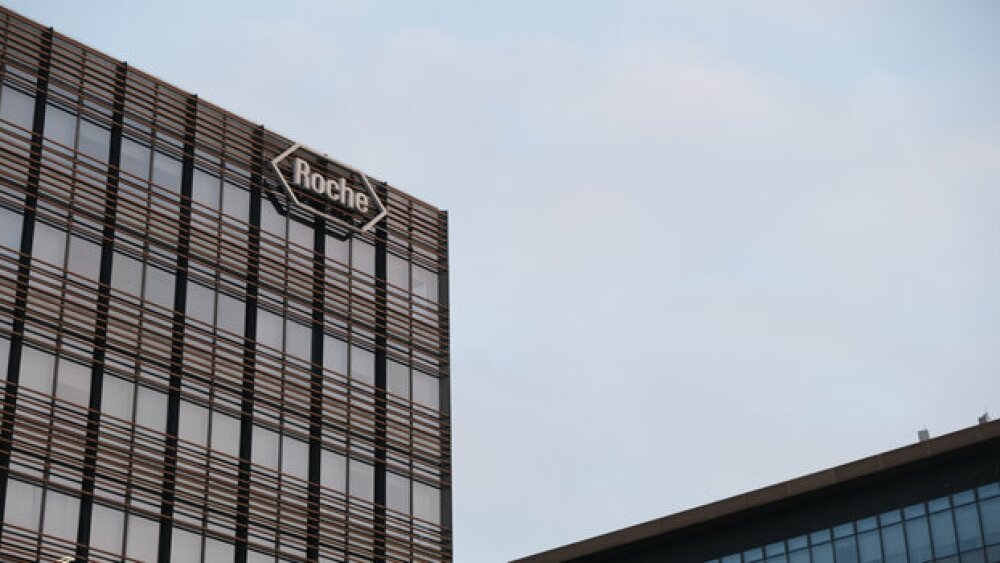Eli Lilly and Johnson & Johnson are seeking label expansions for Omvoh and Tremfya, respectively, in Crohn’s disease following approvals for ulcerative colitis. GlobalData projects total sales for Tremfya to reach $7.8 billion globally by 2029.
Eli Lilly’s Omvoh and Johnson & Johnson’s Tremfya induced strong respective remission and response rates in patients with Crohn’s disease, according to Phase III readouts from the companies at the 2024 American College of Gastroenterology Annual Scientific Meeting, held Oct. 25-30 in Philadelphia.
J&J on Monday presented findings from the Phase III GRAVITI study, which showed 56.1% of patients treated with a subcutaneous formulation of Tremfya achieved clinical remission at 12 weeks, versus 21.4% in the placebo group. Endoscopic remission rate at this time point was 41.3% in the Tremfya arm, compared with 21.4% for placebo
At 48 weeks, the clinical remission rate jumped to 60% for patients taking the 100-mg maintenance dose of subcutaneous Tremfya, given every eight weeks. Tremfya maintenance at 200 mg every four weeks resulted in a 66.1% clinical remission rate. Placebo counterparts, meanwhile, saw only 17.1% clinical remission at this time point.
Esi Lamousé-Smith, gastroenterology disease area lead at J&J Innovative Medicines, in a statement said that these findings point to Tremfya’s “potential to become the only IL-23 inhibitor to offer both SC and IV induction options for Crohn’s disease.” If its expansion into this indication is approved, Tremfya will offer patients a more convenient option to self-administer treatment from the start of their regimens, Lamousé-Smith said.
In a report published last week, data and analytics firm GlobalData highlighted the potential of Tremfya to set a “new standard” in the treatment of Crohn’s disease, particularly given its “patient-friendly” administration profile.
Tremfya’s “positive clinical profile, coupled with its unique dual-binding mechanism, positions it as a differentiated option within its class,” GlobalData immunology analyst Sumaira Malik said in a statement, calling its subcutaneous regimen a “significant step forward for patients.” GlobalData expects Tremfya’s global sales to hit $7.8 billion by 2029.
Also on Monday, Lilly posted long-term Crohn’s disease data for Omvoh, showing that the anti-IL23p19 antibody elicited a 96% clinical response rate in patients, as measured by the Crohn’s Disease Activity Index. Long-term results showed that 87% of patients reached clinical remission, 76% showed endoscopic response and 54% were in endoscopic remission.
Lilly also presented follow-up data for Omvoh in moderate to severely active ulcerative colitis, touting an 81% long-term clinical remission rate and an 82% long-term endoscopic remission rate. The pharma’s readout also showed that 72% and 79% of patients achieved mucosal healing and corticosteroid-free clinical remission, respectively.
Mark Genovese, Lilly’s senior vice president of immunology development, in a statement said Omvoh “is the first and only IL23p19 antagonist to report multi-year, long-term sustained efficacy data in both ulcerative colitis and Crohn’s disease.”
Both Lilly and J&J are seeking to expand their respective treatments into Crohn’s disease, following approvals for ulcerative colitis. J&J submitted its supplemental Biologics License Application for Tremfya in June 2024, following Phase III data from the GALAXI program, which showed that Tremfya elicited significantly better endoscopic outcomes than the blockbuster drug Stelara.
Lilly announced in May 2024 that it had filed for Omvoh’s expansion. Earlier this month, the pharma released data from the late-stage VIVID-1 trial, demonstrating that Omvoh also outperformed Stelara in terms of histologic response.






